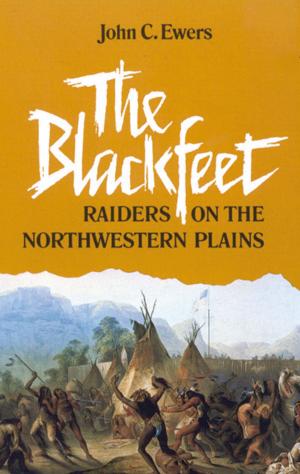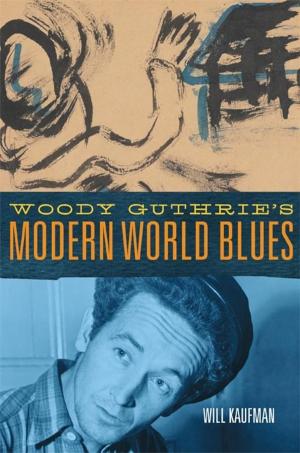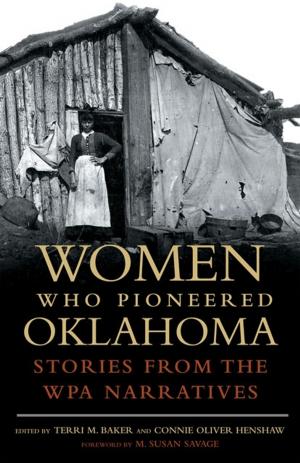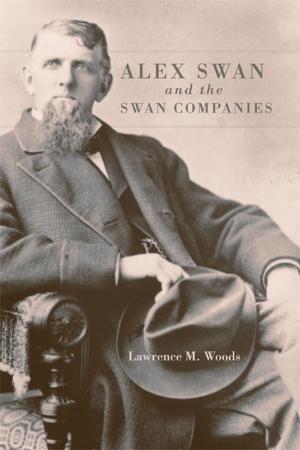The University of Oklahoma
A History, Volume II: 1917–1950
Nonfiction, History, Americas, United States, 20th Century| Author: | David W. Levy | ISBN: | 9780806152769 |
| Publisher: | University of Oklahoma Press | Publication: | November 13, 2015 |
| Imprint: | University of Oklahoma Press | Language: | English |
| Author: | David W. Levy |
| ISBN: | 9780806152769 |
| Publisher: | University of Oklahoma Press |
| Publication: | November 13, 2015 |
| Imprint: | University of Oklahoma Press |
| Language: | English |
In 1917 it was still possible for the University of Oklahoma’s annual Catalogue to include a roster of every student’s name and hometown. A compact and close-knit community, those 2,500 students and their 130 professors studied and taught at a respectable (though small, relatively uncomplicated, and rather insular) regional university. During the following third of a century, the school underwent changes so profound that their cumulative effect amounted to a transformation. This second volume in David Levy’s projected three-part history chronicles these changes, charting the University’s course through one of the most dramatic periods in American history.
Following Oklahoma’s flagship school through decades that saw six U.S. presidents, eleven state governors, and five university presidents, Volume 2 of The University of Oklahoma: A History documents the institution’s evolution into a complex, diverse, and multifaceted seat of learning. By 1950 enrollment had increased fivefold, and by every measure—the number of colleges and campus buildings, degrees awarded and programs offered, volumes in the library, faculty publications, out-of-state and foreign students in attendance—the University was on its way to becoming a world-class educational institution.
Levy weaves together human and institutional history as he describes the school’s remarkable—sometimes remarkably difficult—development in response to unprecedented factors: two world wars, the cultural shifts of the 1920s, the Great Depression, the rise of the petroleum industry, the farm crisis and Dust Bowl, the emergence of new technologies, and new political and social forces such as those promoting and resisting racial justice.
National and world events, state politics, campus leadership, the ever-changing student body: in triumph and defeat, in small successes and grand accomplishments, all come to varied and vibrant life in this second installment of the definitive history of Oklahoma’s storied center of learning.
In 1917 it was still possible for the University of Oklahoma’s annual Catalogue to include a roster of every student’s name and hometown. A compact and close-knit community, those 2,500 students and their 130 professors studied and taught at a respectable (though small, relatively uncomplicated, and rather insular) regional university. During the following third of a century, the school underwent changes so profound that their cumulative effect amounted to a transformation. This second volume in David Levy’s projected three-part history chronicles these changes, charting the University’s course through one of the most dramatic periods in American history.
Following Oklahoma’s flagship school through decades that saw six U.S. presidents, eleven state governors, and five university presidents, Volume 2 of The University of Oklahoma: A History documents the institution’s evolution into a complex, diverse, and multifaceted seat of learning. By 1950 enrollment had increased fivefold, and by every measure—the number of colleges and campus buildings, degrees awarded and programs offered, volumes in the library, faculty publications, out-of-state and foreign students in attendance—the University was on its way to becoming a world-class educational institution.
Levy weaves together human and institutional history as he describes the school’s remarkable—sometimes remarkably difficult—development in response to unprecedented factors: two world wars, the cultural shifts of the 1920s, the Great Depression, the rise of the petroleum industry, the farm crisis and Dust Bowl, the emergence of new technologies, and new political and social forces such as those promoting and resisting racial justice.
National and world events, state politics, campus leadership, the ever-changing student body: in triumph and defeat, in small successes and grand accomplishments, all come to varied and vibrant life in this second installment of the definitive history of Oklahoma’s storied center of learning.















